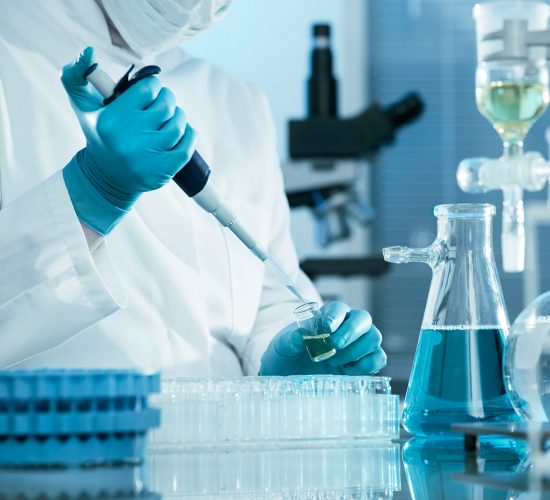After completion of this course each student would be able to:

The Work Study & Methods Engineering is a compulsory course and has been offered by the Department of Industrial Engineering and Management.
|
CLOs Description |
Taxonomy Level |
PLO |
|
|
1 |
IDENTIFY the time study tools to improve the effectiveness of operational processes. |
C1 |
1 |
|
2 |
DEMONSTRATE the elements of motion study techniques in industrial processes. |
C3 |
1 |
|
3 |
ANALYZE the work environment with respect to time and motion studies to improve the productivity. |
C4 |
2 |
Practical/ Lab Work
|
CLO |
Description |
Taxonomy Level |
PLO |
|
1 |
ADOPT general and specific safety guidelines during lab work. |
A3 |
6 |
|
2 |
PERFORM the different practical related to work study & methods engineering. |
P4 |
5 |
|
3 |
CONDUCT open-ended lab work within the scope of work study & methods engineering. |
P4 |
12 |
|
4 |
RESPOND to different situations related to subject and must express opinion regarding a problem. |
A2 |
4 |
Course Contents:
Definition and concept of Work Study, Need for Work Study, Objectives of Work Study, and Advantages of Work study, Techniques of Work Study.
Definition of Method Study, Scope of method study, indicators of method study, causes of method improvement, elements of method study, dimensions of method design elements, benefits of using method engineering, Procedure of Method Study, Process Analysis, Process Chart, Process Chart Symbols, outline process chart, Flow process charts, Multiple activity charts, Two handed process charts, Flow diagram, string diagram, Travel chart, Templates & Models, cyclegraph and chronocydegraph, Therbligs, Design of work place layout, Micro motion study and micromotion analysis, SIMO chart, Memomotion study, work sampling, work sampling procedure, application of work sampling, advantages of work sampling.
Definition and concept of work measurement, basic procedure for time study, difference between time study and motion study, work measurement technique, Stop watch time study, Applications of time study, Time study equipments, selecting the job to be timed, selection of workers for time study, performance Rating, Systems of Rating, Pre-determined motion time system (P.M.T.S.), advantages uses and limitation of PMTS, Method-Time Measurement (M. T. M.), work factor, work sampling.
Introduction, Productivity, factors affecting productivity, How to increase Productivity, steps to increase productivity, purpose to increase productivity, Production and productivity, kinds of productive measure, causes of low productivity and techniques of their elimination, Role of work Study in raising Productivity, Productivity measurement System.
Introduction, Work Study and the trade union, work study and the top management, work study and the worker, work study and labour control.
Introduction, Fatigue, Factors effecting the degree of fatigue, Motivation, Improving the Working Efficiency by principles of motion economy.
Place of Work Study department, Organization or work study department, Selection and training of work study staff, Learning curve, Production progress Functions, Effect of practice.
Note: Labs will be based on Theory

